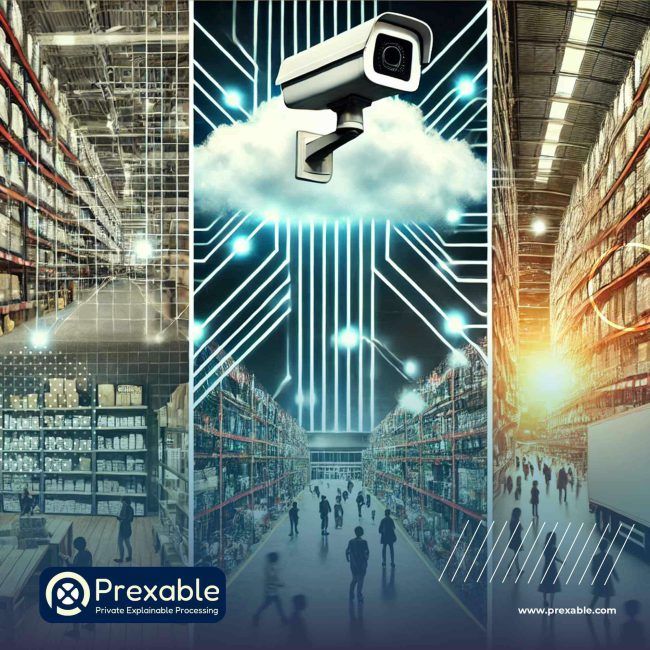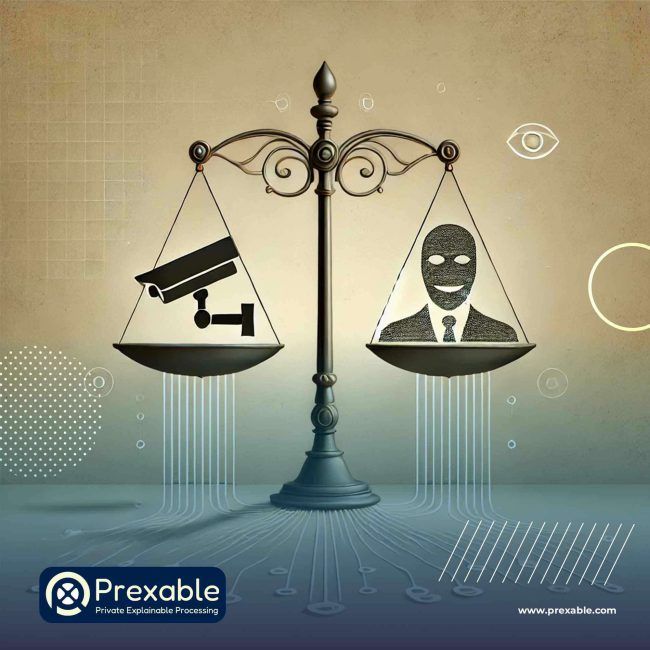The Rise and Impact of Cloud-Based Video Surveillance Solutions

In an era characterized by rapid technological advancement, businesses, governments, and even individual homeowners are rethinking how they manage and monitor their physical spaces. Traditional, on-premises surveillance systems—cumbersome arrays of cameras, cables, and storage devices—are giving way to cloud-based video surveillance solutions. These platforms promise greater flexibility, enhanced security, and the ability to scale and adapt as needs evolve. As a result, more and more organizations across a wide range of industries are making the switch to a new generation of scalable security solutions.
Before we dive deeper, it’s worth noting that innovations in this space are making powerful surveillance technology accessible to a broader audience. One such example is Prexable, an online, drag-and-drop video processing platform that allows users—regardless of their AI expertise—to train, understand, and debug their own personalized surveillance models. With Prexable, you can get started quickly, secure your spaces more efficiently, and ensure your operations are always up to speed. Try Prexable today and experience the benefits of AI-driven video analytics firsthand.

What Is Cloud-Based Video Surveillance?
At its core, cloud-based video surveillance refers to the practice of recording, storing, and managing video footage using remote servers maintained by a third-party provider. Unlike traditional on-premises systems, which require local storage hardware and extensive maintenance, cloud-based solutions rely on internet connectivity and secure data centers. This shift eliminates many of the constraints and complexities of running a surveillance operation in-house. Users can access their video streams, review event logs, and manage security settings from anywhere, at any time, via an intuitive web or mobile dashboard.

Key Differences From Traditional On-Premises Systems
Traditional surveillance setups often involve local network video recorders (NVRs), bulky hard drives, and sophisticated IT infrastructure. In contrast, cloud-based solutions rely on off-site servers to handle data processing and storage, freeing organizations from costly hardware investments and ongoing maintenance. Remote updates, automated backups, and failover capabilities help ensure reliable performance and data safety.

Why Cloud-Based Video Surveillance Is on the Rise
The global appetite for cloud-based video surveillance is growing, and for good reason. Some key benefits include:
Cost-Effectiveness:
Cloud-based solutions operate on a subscription model, enabling businesses to spread costs over time instead of making hefty upfront investments. Lower hardware expenses and reduced maintenance costs translate to more efficient allocation of security budgets.Scalability and Flexibility:
As your organization grows, adding new cameras, expanding coverage areas, or increasing storage capacity is as simple as adjusting your plan. Scalable security solutions eliminate the need to overhaul entire systems when requirements change.Anywhere, Anytime Accessibility:
Because everything is stored and processed in the cloud, authorized personnel can access live feeds and recorded footage from any device with an internet connection. Rapid incident response, streamlined investigations, and improved oversight are all possible—no matter where team members are located.Enhanced Security Features:
Reputable cloud-based surveillance providers employ state-of-the-art cybersecurity measures, including encrypted data transfers, secure logins, and continuous software updates. This approach helps safeguard video data privacy by mitigating risks of unauthorized access and breaches.
Driving Adoption Across Industries
Several sectors are embracing cloud-based surveillance due to these advantages:
Retail: Retailers use cloud-based solutions to monitor stores, track shopper behavior, and streamline inventory management. They can easily scale as they open new locations, ensuring consistent security standards.
Logistics and Warehousing: In large distribution centers, cloud-based surveillance helps oversee complex operations, monitor worker safety, and ensure smooth workflows. The ability to adapt during peak seasons or rapid organizational growth makes these solutions invaluable.
Public Safety: Government agencies and law enforcement leverage cloud-based surveillance to improve situational awareness in public spaces. With better collaboration and remote access to footage, officials can respond more effectively to potential threats.

The Role of AI and Machine Learning: Turning Footage Into Actionable Insights
Cutting-edge technologies like AI-driven analytics and machine learning are redefining what’s possible in video surveillance. Instead of sifting through hours of raw footage manually, AI models can detect suspicious activities, recognize faces, count objects, and even predict potential security risks before they escalate. Over time, these models become more accurate and efficient, converting passive observation into proactive security management.
Privacy-Preserving AI Models: Balancing Security and Compliance
In an era of stringent data protection laws, organizations must ensure compliance with privacy regulations such as GDPR or CCPA. Privacy-preserving AI models offer a solution, enabling security teams to harness machine learning insights without exposing sensitive information. These models can detect anomalies, identify trends, and trigger alerts—all without unnecessarily compromising individual privacy. By respecting personal data and adhering to legal frameworks, businesses can maintain trust and credibility.

Choosing the Right Cloud-Based Surveillance Provider
When selecting a provider, consider the following practical tips:
Security and Compliance:
Ensure the vendor prioritizes encryption, access controls, and compliance with relevant certifications and data protection laws.Scalability and Pricing Structure:
Look for flexible plans that match current needs and can easily expand. Transparent pricing helps avoid unexpected costs as your organization grows.Integration Capabilities:
Opt for solutions that integrate seamlessly with existing software, hardware, and management tools. This ensures a cohesive, efficient workflow.AI and Analytics Features:
Evaluate the sophistication of their AI-driven analytics—capabilities like object detection, facial recognition, and behavioral analysis can significantly boost the value of your investment.Customer Support and Training:
Responsive customer support, thorough documentation, and intuitive dashboards can help you get the most from your cloud-based system.
Looking Ahead: The Future of Cloud-Based Video Surveillance
As cloud computing evolves, so too will the cloud-based video surveillance landscape. Expect even more advanced AI algorithms, stronger encryption techniques, and sophisticated video data privacy measures. Predictive analytics will help anticipate security threats, while continuous improvements will streamline management tasks, reduce costs, and enhance overall effectiveness.
In the not-too-distant future, cloud-based surveillance will be less about simply recording events and more about proactively responding to challenges. With ongoing advancements in AI-driven analytics, scalable security solutions, and privacy measures, organizations of all sizes can look forward to a safer, smarter, and more transparent security environment.